Nokia 2011 Annual Report Download - page 84
Download and view the complete annual report
Please find page 84 of the 2011 Nokia annual report below. You can navigate through the pages in the report by either clicking on the pages listed below, or by using the keyword search tool below to find specific information within the annual report.-
 1
1 -
 2
2 -
 3
3 -
 4
4 -
 5
5 -
 6
6 -
 7
7 -
 8
8 -
 9
9 -
 10
10 -
 11
11 -
 12
12 -
 13
13 -
 14
14 -
 15
15 -
 16
16 -
 17
17 -
 18
18 -
 19
19 -
 20
20 -
 21
21 -
 22
22 -
 23
23 -
 24
24 -
 25
25 -
 26
26 -
 27
27 -
 28
28 -
 29
29 -
 30
30 -
 31
31 -
 32
32 -
 33
33 -
 34
34 -
 35
35 -
 36
36 -
 37
37 -
 38
38 -
 39
39 -
 40
40 -
 41
41 -
 42
42 -
 43
43 -
 44
44 -
 45
45 -
 46
46 -
 47
47 -
 48
48 -
 49
49 -
 50
50 -
 51
51 -
 52
52 -
 53
53 -
 54
54 -
 55
55 -
 56
56 -
 57
57 -
 58
58 -
 59
59 -
 60
60 -
 61
61 -
 62
62 -
 63
63 -
 64
64 -
 65
65 -
 66
66 -
 67
67 -
 68
68 -
 69
69 -
 70
70 -
 71
71 -
 72
72 -
 73
73 -
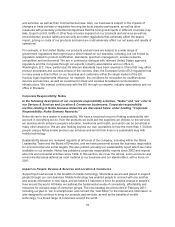 74
74 -
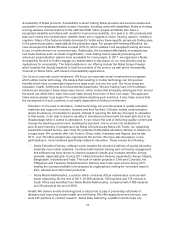 75
75 -
 76
76 -
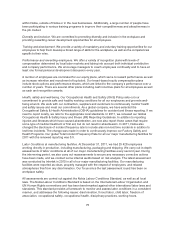 77
77 -
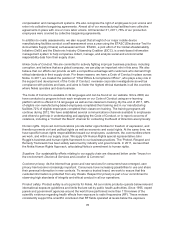 78
78 -
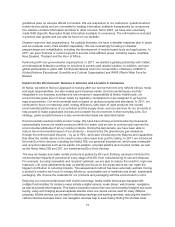 79
79 -
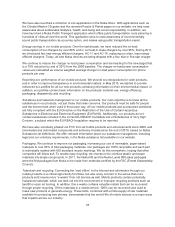 80
80 -
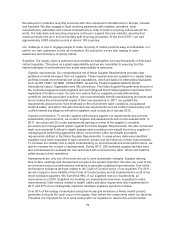 81
81 -
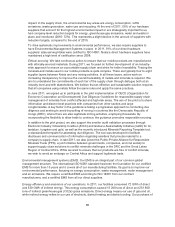 82
82 -
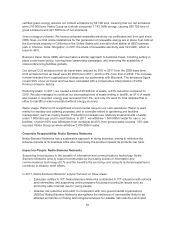 83
83 -
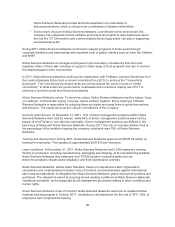 84
84 -
 85
85 -
 86
86 -
 87
87 -
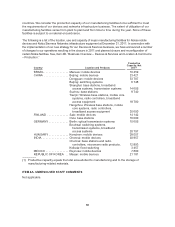 88
88 -
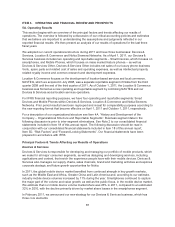 89
89 -
 90
90 -
 91
91 -
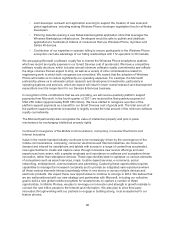 92
92 -
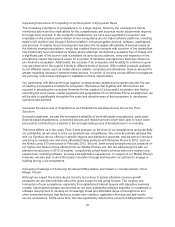 93
93 -
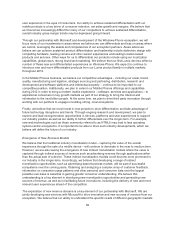 94
94 -
 95
95 -
 96
96 -
 97
97 -
 98
98 -
 99
99 -
 100
100 -
 101
101 -
 102
102 -
 103
103 -
 104
104 -
 105
105 -
 106
106 -
 107
107 -
 108
108 -
 109
109 -
 110
110 -
 111
111 -
 112
112 -
 113
113 -
 114
114 -
 115
115 -
 116
116 -
 117
117 -
 118
118 -
 119
119 -
 120
120 -
 121
121 -
 122
122 -
 123
123 -
 124
124 -
 125
125 -
 126
126 -
 127
127 -
 128
128 -
 129
129 -
 130
130 -
 131
131 -
 132
132 -
 133
133 -
 134
134 -
 135
135 -
 136
136 -
 137
137 -
 138
138 -
 139
139 -
 140
140 -
 141
141 -
 142
142 -
 143
143 -
 144
144 -
 145
145 -
 146
146 -
 147
147 -
 148
148 -
 149
149 -
 150
150 -
 151
151 -
 152
152 -
 153
153 -
 154
154 -
 155
155 -
 156
156 -
 157
157 -
 158
158 -
 159
159 -
 160
160 -
 161
161 -
 162
162 -
 163
163 -
 164
164 -
 165
165 -
 166
166 -
 167
167 -
 168
168 -
 169
169 -
 170
170 -
 171
171 -
 172
172 -
 173
173 -
 174
174 -
 175
175 -
 176
176 -
 177
177 -
 178
178 -
 179
179 -
 180
180 -
 181
181 -
 182
182 -
 183
183 -
 184
184 -
 185
185 -
 186
186 -
 187
187 -
 188
188 -
 189
189 -
 190
190 -
 191
191 -
 192
192 -
 193
193 -
 194
194 -
 195
195 -
 196
196 -
 197
197 -
 198
198 -
 199
199 -
 200
200 -
 201
201 -
 202
202 -
 203
203 -
 204
204 -
 205
205 -
 206
206 -
 207
207 -
 208
208 -
 209
209 -
 210
210 -
 211
211 -
 212
212 -
 213
213 -
 214
214 -
 215
215 -
 216
216 -
 217
217 -
 218
218 -
 219
219 -
 220
220 -
 221
221 -
 222
222 -
 223
223 -
 224
224 -
 225
225 -
 226
226 -
 227
227 -
 228
228 -
 229
229 -
 230
230 -
 231
231 -
 232
232 -
 233
233 -
 234
234 -
 235
235 -
 236
236 -
 237
237 -
 238
238 -
 239
239 -
 240
240 -
 241
241 -
 242
242 -
 243
243 -
 244
244 -
 245
245 -
 246
246 -
 247
247 -
 248
248 -
 249
249 -
 250
250 -
 251
251 -
 252
252 -
 253
253 -
 254
254 -
 255
255 -
 256
256 -
 257
257 -
 258
258 -
 259
259 -
 260
260 -
 261
261 -
 262
262 -
 263
263 -
 264
264 -
 265
265 -
 266
266 -
 267
267 -
 268
268 -
 269
269 -
 270
270 -
 271
271 -
 272
272 -
 273
273 -
 274
274 -
 275
275 -
 276
276 -
 277
277 -
 278
278 -
 279
279 -
 280
280 -
 281
281 -
 282
282 -
 283
283 -
 284
284 -
 285
285 -
 286
286 -
 287
287 -
 288
288 -
 289
289 -
 290
290 -
 291
291 -
 292
292 -
 293
293 -
 294
294 -
 295
295 -
 296
296
 |
 |
Nokia Siemens Networks provides technical expertise in the restoration of
telecommunications, which is critical in the coordination of disaster relief efforts.
•Environment. As part of Nokia Siemens Networks’ commitment to the environment, the
company has supported various activities and local-level projects to raise awareness about
the role the ICT (information and communications technology) sector can play in supporting
environmental goals.
During 2011, Nokia Siemens Networks continued to support programs in these areas through
corporate donations and partnerships with reputable local or global charities such as Save the Children
and WWF.
Nokia Siemens Networks encourages employees to get involved by volunteering their time and
expertise. Many of them also volunteer to support a wide range of local programs that aim to connect
the disadvantaged in their communities.
In 2011, Nokia Siemens Networks continued its collaboration with Professor Leonard Waverman from
the London Business School and economic consulting firm LECG, to produce the “Connectivity
Scorecard”. The Connectivity Scorecard ranks economies around the world in terms of “useful
connectivity”: to what extent are governments, businesses and consumers making use of ICT to
enhance a country’s social and economic prosperity.
Nokia Siemens Networks values. To enrich its culture, Nokia Siemens Networks has five values: focus
on customer, communicate openly, innovate, inspire and win together. Every employee of Nokia
Siemens Networks is responsible for adopting these principles and using them to guide their actions
and behavior. The values serve as the cultural cornerstones of the company.
Diversity and inclusion. At December 31, 2011, 12% of senior management positions within Nokia
Siemens Networks were held by women, while 54% of senior management positions were held by
people of non-Finnish or non-German nationality. Senior management positions are defined in the
same way at Nokia and Nokia Siemens Networks. During 2011, the rate of voluntary attrition–that is,
the percentage of the workforce leaving the company voluntarily–was 10% at Nokia Siemens
Networks.
Training and development. During 2011, Nokia Siemens Networks spent around EUR 54 million on
training for employees. This equates to approximately EUR 815 per employee.
Labor conditions. At December 31, 2011, Nokia Siemens Networks had 2 244 employees working
directly in production, including manufacturing, packaging and shipping, at its manufacturing facilities.
Nokia Siemens Networks also employed over 10 000 people in operative tasks such as
telecommunications infrastructure installation and field maintenance activities.
Nokia Siemens Networks’ Global Labor Standard, based on International Labor Organization
conventions and a standardized Industry Code of Conduct, and benchmarked against international
labor laws and standards, is integrated into Nokia Siemens Networks’ global employment policies and
guidelines. The standard is aimed at ensuring decent working conditions at Nokia Siemens Networks’
operations worldwide, and is supported by risk assessment processes relating to labor conditions and
human rights.
Nokia Siemens Networks Code of Conduct. Nokia Siemens Networks launched an updated ethical
business training program in October 2011, mandatory to all employees. By the end of 2011, 90% of
employees had completed the training.
82
